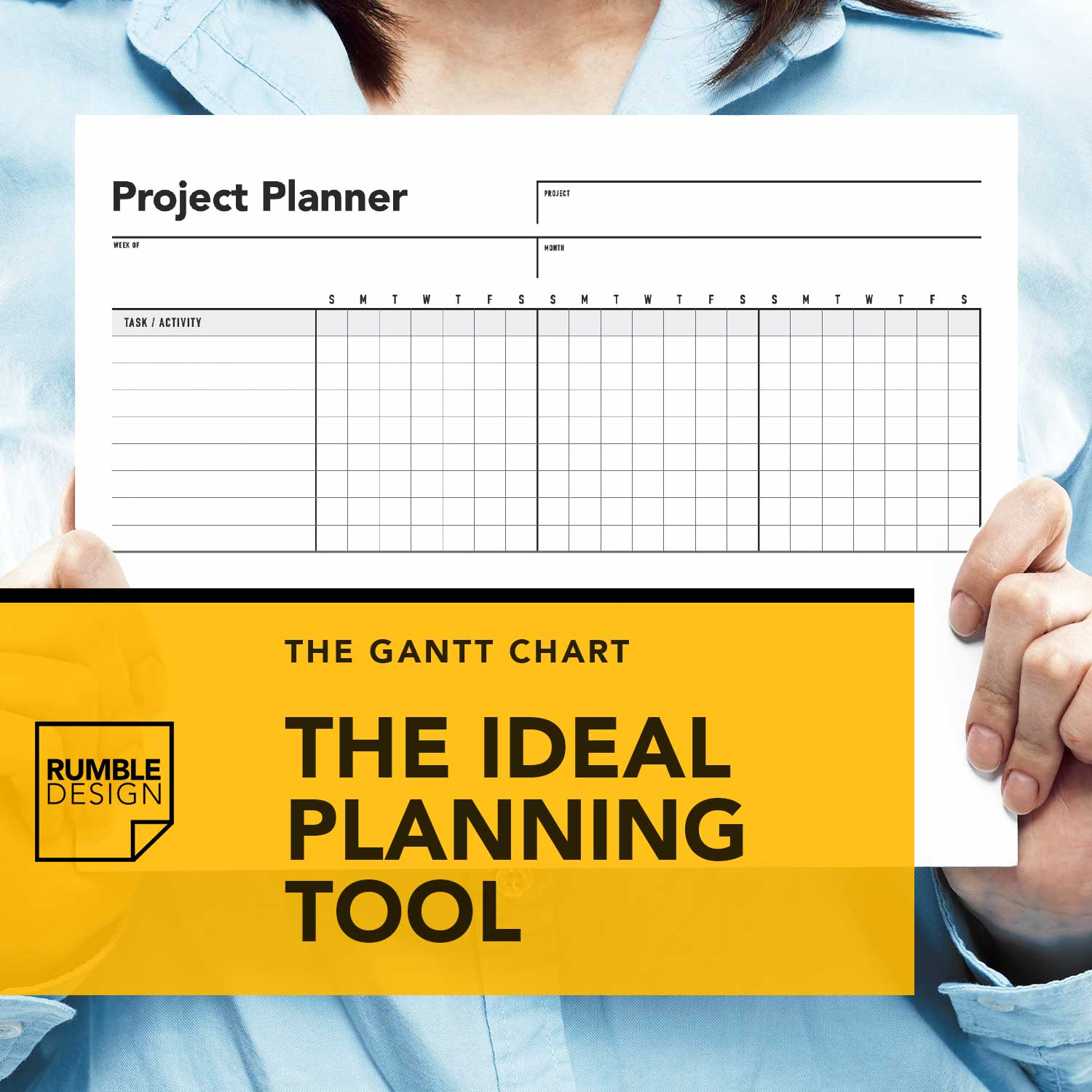
Do you run a business and want to organize all of your activities in a proper flow? Are you tired of missing out on the start and ending dates of projects and always ending up in a mess? Well, a Gantt Chart will be ideal for helping you out.
What is a Gantt Chart?
The Gantt chart’s history goes back to the turn of the 19th century. A Gantt chart is a flow chart commonly used by people taking care of project management. If you are a business or an organization, you will know the importance of using such a chart. Gantt chart is one of the most popular and valuable tools for showing activities in a proper format. It also shows how long an activity is supposed to last and where an activity overlaps each other, and by how much.

How to Use a Gantt Chart?
Known as the modern pencil and paper variant, Gantt Charts are used these days among industries and businesses working on several projects simultaneously. Using a Gantt Chart will help you with effective scheduling, moving or updating the timeline, and tracking the progress of your projects. You can use a Gantt Chart by following these steps:
- First of all, identify all the critical tasks that are at hand. After that, make a list of the expected date of each task and how long it will take to complete it.
- Then organize all these tasks on the spreadsheet you created on the chart. Begin with the starting task and explain what activity ends that task.
- Once the tasks have been specified, you can elaborate a little more about them, including dates, time availability, resources, and project progress once it has started.
- Once your Gantt Chart has been created, ensure you follow it and update your progress, and the project moves towards the end. If there are any changes to the schedule, don’t forget to add them as well.
- If you keep referring back to your Gantt Chart, you will quickly know when and where you are supposed to work on your progress.
Benefits of a Gantt Chart
When you use a Gantt chart, you will quickly know what is going on in your project and it will help you measure progress accordingly. For example, when you have this chart, you will know when to stop taking on further projects or when a specific project will end.
Suppose multiple projects are going on at the same time. In that case, a Gantt chart will help you oversee the overlapping activities and create more clarity at work. In addition, you will be able to inform your employees about the workload so they can practice better time management.
Moreover, the Gantt chart also shares live information about the project with the stakeholders, so you can simply share the chart whenever any stakeholder requests an update.
Happy productive planning!
Lisa



